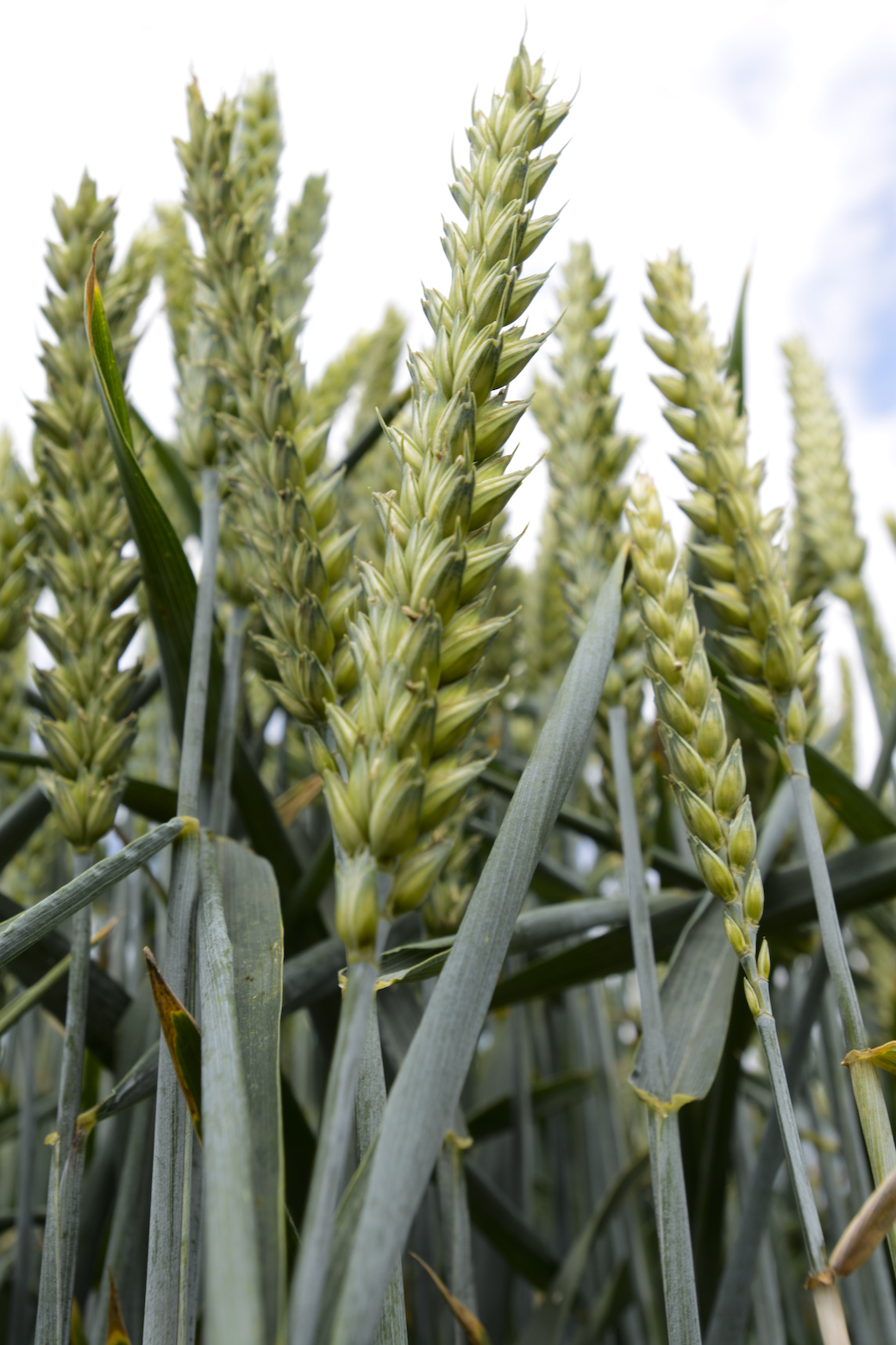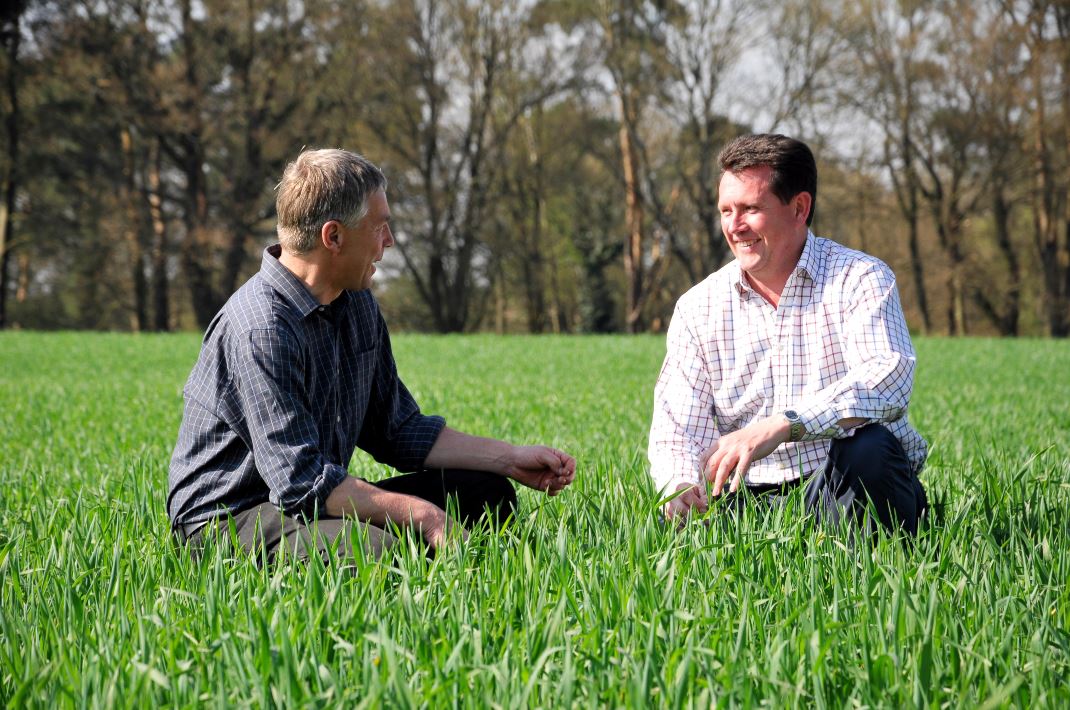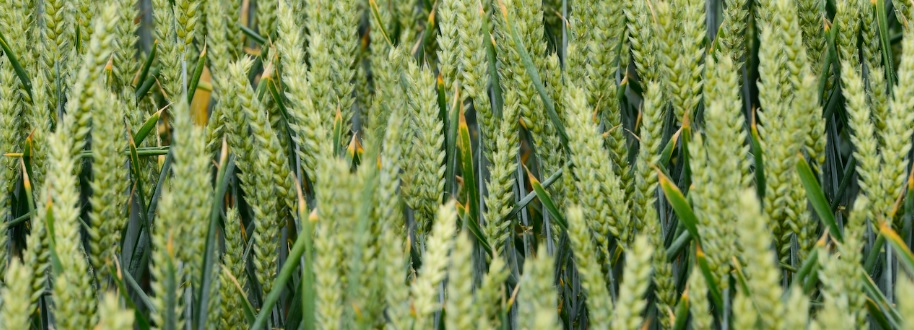Winter Wheat
Wheat markets and variety choices are extremely important and we encourage growers to review their individual situation.
The consumption of wheat is changing with the reduced demand from ethanol and likely increase in exports. As surpluses will need to be of suitable quality for the destination, growing varieties that match the market demand locally is of critical importance.
To aid market ability, growers may need to consider a range of bread, biscuit and soft export grades, selecting varieties that combine high yields with human consumption characteristics.
Selection considerations
Drilling dates
The factors affecting drilling dates are varied and certain aspects become more important depending on the geographic region. These factors include:
Soil conditions
• Aim for good seed to soil contact to ensure rapid seed germination and good conditions for residual herbicides to work effectively.
Grass-weed control
• Very much linked to black-grass and ryegrass emergence. In some seasons, for example of low dormancy and moist soils, delaying drilling will allow early glyphosate treatments, but in dry autumns with high dormancy, this approach does not work.
Acreage to drill
• Spreading the workload is important, but there will be compromises for crop emergence, weed and pest control if drilling in non ideal conditions.
Acreage to spray/harvest
• A spread of drilling dates combined with varieties of differing development speeds and maturities will spread the spring/summer workload as they reach key growth stages a few days apart.
Geographical region
• The colder the field aspect and the further north, the earlier crops can safely be drilled with lower risk of running into early pest problems. Early September drilling is much more feasible in the North, while late drillings can be slow to emerge and in cold winters, crops will stop growing sooner, with a potential knock on effect and late harvest. In East Anglia and parts of Lincolnshire, the opportunity to drill throughout winter is possible and harvest date will not be significantly later.
• In Scotland, the harvest date of the previous crop will have an influence, with the opportunity for stale seed beds very narrow compared to southern England.


Disease and pest risk
• Risk of disease in highly susceptible varieties will only increase if drilled early. Mid-September plantings may have considerably higher levels of septoria and yellow rust than those drilled in October.
• Frontier trials illustrate how the more resistant varieties with stand septoria and rust pressure while achieving relatively high yields.
• Under higher septoria pressure, the more susceptible varieties will be more costly to grow and the risk of losing yield increases where sprays are delayed.
• Second wheat should not be drilled early. In high take-all risk situations even Latitude treated seed should be left until the start of October at the earliest.
• For late drilled crops, wheat bulb fly may be an issue so use of an insecticidal treatment like Signal is advised.
Very early drilling
• Ideally, varieties drilled in early September should be slow developing, disease resistant and have good resistance to lodging.
20th September to mid-October (main drilling window)
• Most varieties can be drilled during this period. If a range of varieties is on farm, segregate by speed of early development and straw strength.
Late drilling
• Attributes should include fast early development and good tillering capacity to ensure good ground cover going into winter.
Second wheat
• Most varieties perform much as they would in the first wheat slot. Ideally, varieties should have good resistance to eyespot, but this is not always reflected in final yield.
• Quality wheats are often drilled in this slot, as the reduced yield potential can help maintain grain protein content.


